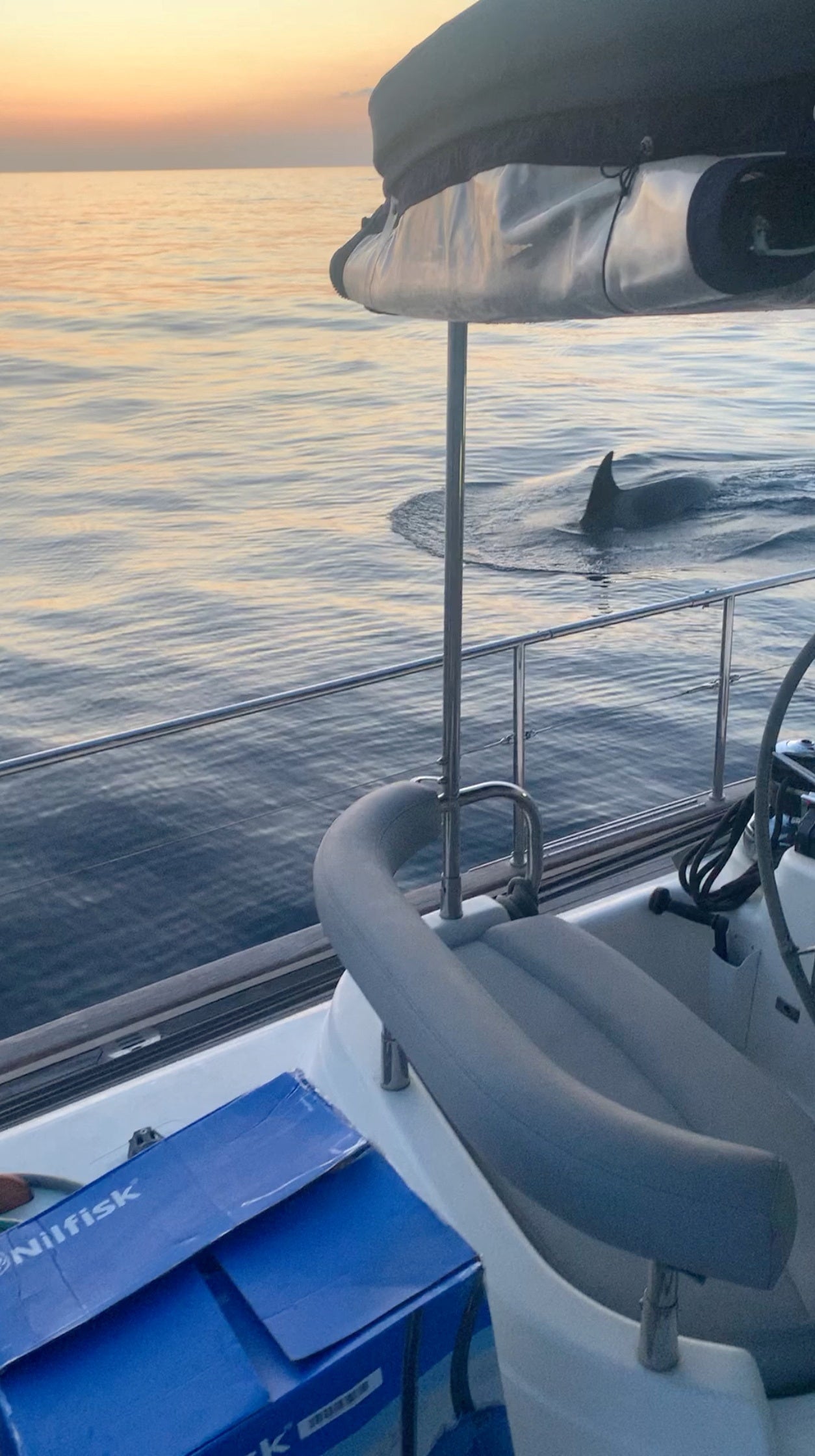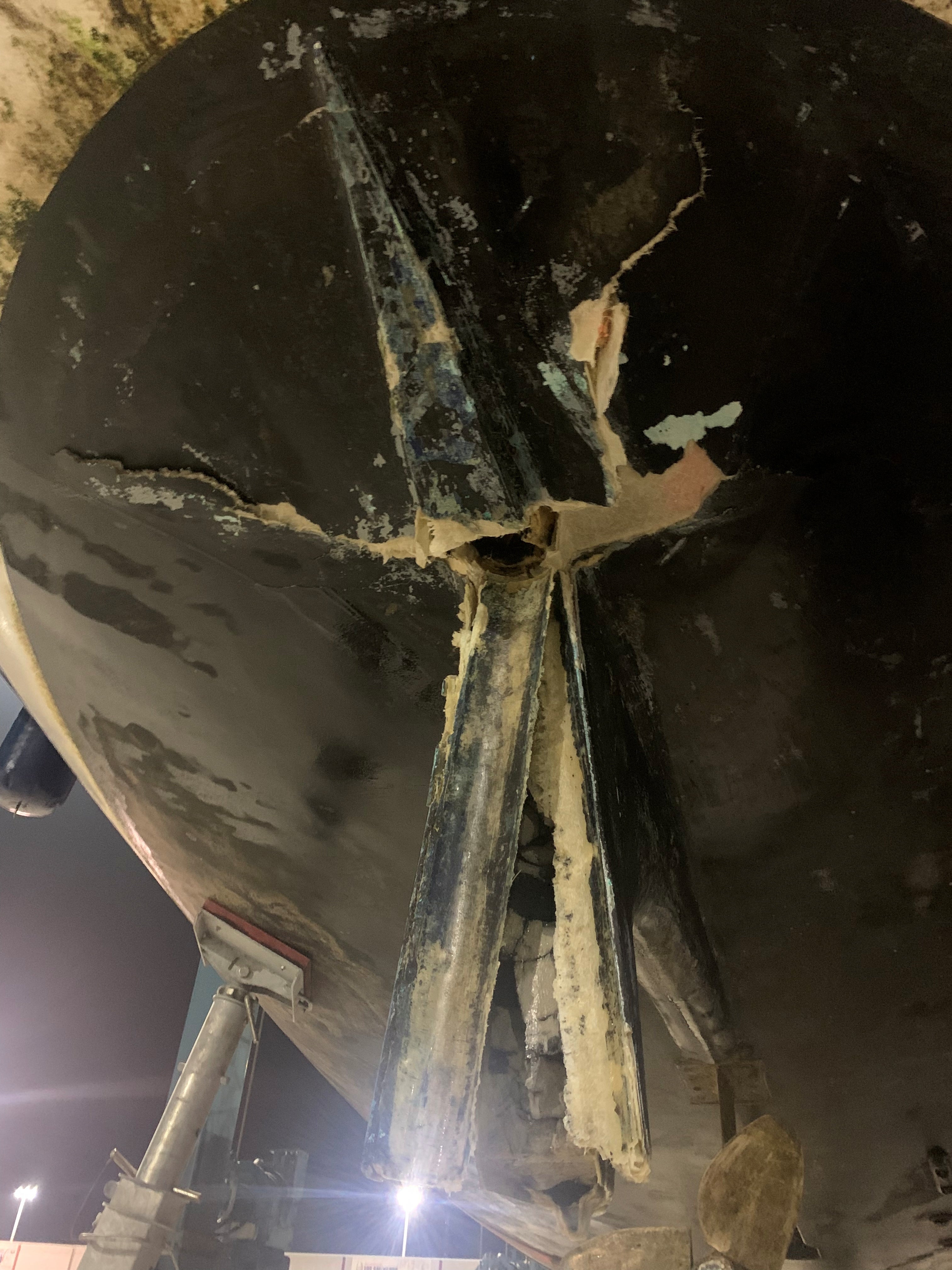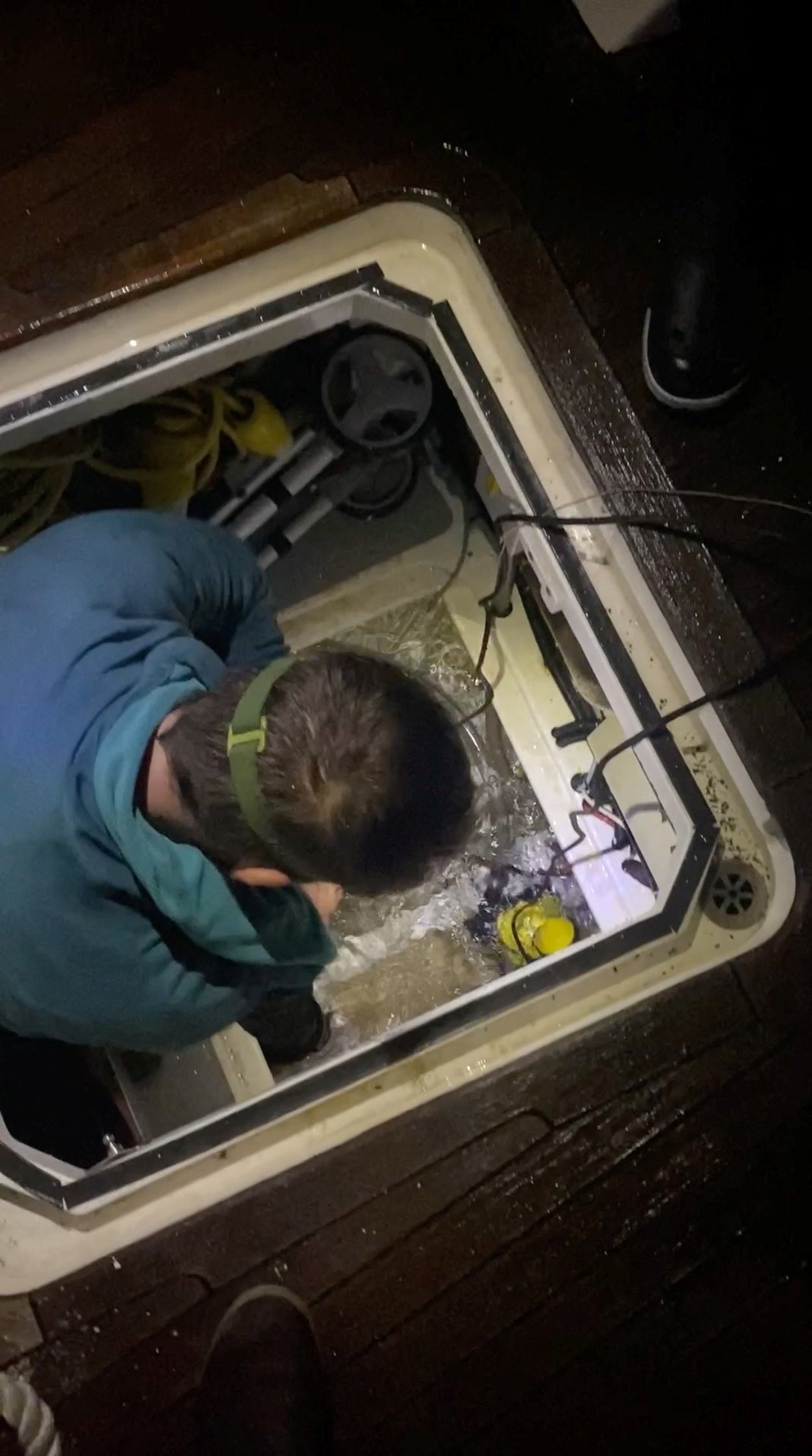Gladis the killer whale and her gang of orcas, out for revenge in Gibraltar
Killer whales could be learning unusual behaviour from ‘traumatised’ matriarch named ‘White Gladis’, Andy Gregory writes


Your support helps us to tell the story
From reproductive rights to climate change to Big Tech, The Independent is on the ground when the story is developing. Whether it's investigating the financials of Elon Musk's pro-Trump PAC or producing our latest documentary, 'The A Word', which shines a light on the American women fighting for reproductive rights, we know how important it is to parse out the facts from the messaging.
At such a critical moment in US history, we need reporters on the ground. Your donation allows us to keep sending journalists to speak to both sides of the story.
The Independent is trusted by Americans across the entire political spectrum. And unlike many other quality news outlets, we choose not to lock Americans out of our reporting and analysis with paywalls. We believe quality journalism should be available to everyone, paid for by those who can afford it.
Your support makes all the difference.A British sailor’s boat was the latest victim in a spate of orca attacks on vessels near Gibraltar, as an expert suggested a “traumatised” killer whale may be inadvertently teaching others to target them.
There have been 20 incidents this month alone between the highly social apex predators and small vessels sailing in the Strait of Gibraltar, according to the Atlantic Orca Working Group (GTOA), with dozens of orca attacks on ships recorded on Spanish and Portuguese coasts this year.
In the early hours of Thursday, a group of orcas broke the rudder and pierced the hull of a boat after ramming into the Mustique on its way to Gibraltar, prompting its crew of four to contact Spanish authorities for help, a spokesperson for the maritime rescue service said.

The service deployed a rapid-response vessel and a helicopter carrying a bilge pump to assist the 20-metre (66ft) vessel, which was sailing under a British flag, a spokesperson for the maritime rescue service said. The Mustique was towed to the port of Barbate, in the province of Cadiz, for repairs.
Posting footage of the ordeal on Instagram, British sailor April Boyes, aged 31, said: “What started off as a seemingly unique encounter ended with orcas breaking off our rudder from the boat, then proceeding to tear bits off the boat for an hour.
“A huge hole in the hull meant we had water ingress to other parts of the boat and the engine room, and I can honestly say it was a scary experience. We are all safe. I’m feeling grateful for the coastguard.”
Earlier in May, the sailing yacht Alboran Champagne suffered a similar impact from three orcas half a nautical mile off Barbate. The boat could not be towed as it was completely flooded and was left adrift to sink.
The boat’s captain, Werner Schaufelberger, told the German magazine Yacht that he saw the two smaller whales imitating the ramming tactic of the larger orca, believed to be a matriarch named “White Gladis”.
“The little ones shook the rudder at the back while the big one repeatedly backed up and rammed the ship with full force from the side,” he said. “The two little orcas copied the bigger one’s technique and, with a slight run-up, came darting towards the boat. Mainly on the rudder, but also the keel.”

Just two days previously, on 2 May, six orcas rammed the hull of a Bavaria 46 cruiser yacht in an encounter lasting an hour near Tangier, reportedly causing thousands of pounds of damage.
Business consultant Janet Morris and photographer Stephen Bidwell, a couple from Cambridgeshire, both aged 58, were on board for a sailing course when they heard a shout of “orcas”.
“We were sitting ducks,” Ms Morris told TheDaily Telegraph, while Mr Bidwell said: “I kept reminding myself we had a 22-tonne boat made of steel, but seeing three of them coming at once, quickly and at pace with their fins out of the water, was daunting.”
“A clearly larger matriarch was definitely around and was almost supervising,” he added, speculating that it was White Gladis.
The first orca encounter in the area occurred in May 2020, since when more than 500 have been recorded, according to the GTOA research group.

Most interactions have been harmless, with orcas only touching an estimated one in every 100 boats passing through the area, according to biologist Alfredo Lopez Fernandez, of the GTOA and University of Aveiro, who said that three vessels have sunk so far.
Experts believe White Gladis may have suffered a “critical moment of agony”, such as colliding with a boat or becoming entrapped during illegal fishing, which altered her behaviour in a “defensive” fashion.
“That traumatised orca is the one that started this behaviour of physical contact with boats,” Dr Lopez Fernandez told Live Science.
“We do not interpret that the orcas are teaching the young, although the behaviour has spread to the young vertically, simply by imitation, and later horizontally among them, because they consider it something important in their lives,” he said.
The behaviour has baffled scientists, with some initially suggesting it could be related to the harmful scarcity of food facing the mammals, or the disruptive resumption of business-as-usual nautical activities in the wake of the pandemic, while others have suggested it could be playful behaviour.
Although known as killer whales, endangered orcas are part of the dolphin family. They can measure up to eight metres and weigh up to six tonnes as adults.
Additional reporting by Reuters




Join our commenting forum
Join thought-provoking conversations, follow other Independent readers and see their replies
Comments